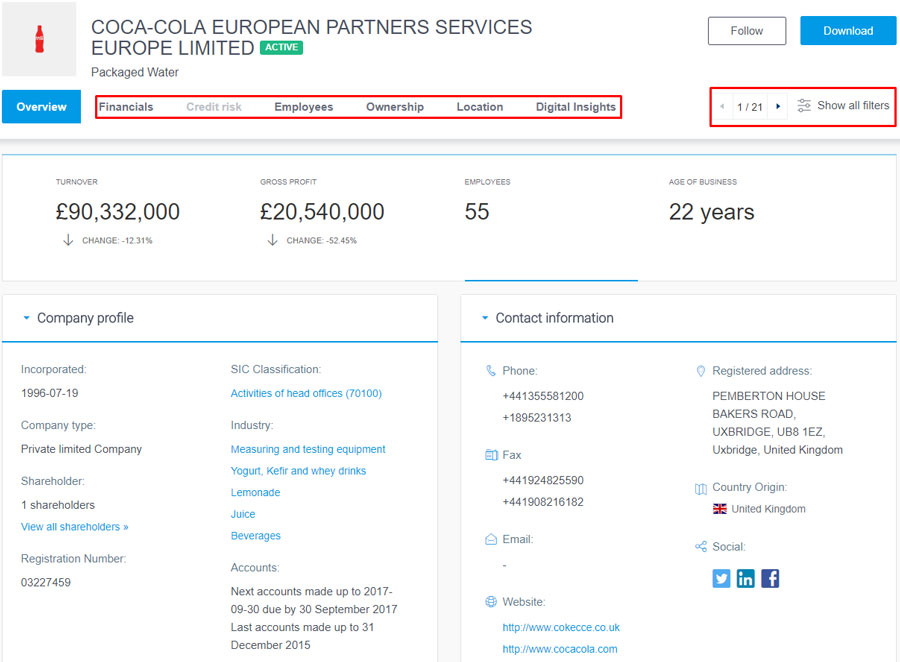Comparing the modern sales process with that of the past, we can see that the basics remain the same. We're still talking about the classical 7-stage sales cycle: prospecting, contact initiation, prospect's needs identification, offer presentation, objections management and, finally, closing the sales. And of course, the steps mentioned above have to be accompanied with respect to the client, attention to his needs and the ability to offer the best solution. These things are common for both B2B and B2C sales.
The modern sales process, though, has one fundamental difference, that gave sales an unprecedented boost and has become an integral part of the process. Now it's firmly bound with a high-tech phenomenon - BI (Business Intelligence). Let us unveil how has BI percolated B2B grounds.
1. The sales to the existing customers have increased
Every business person knows that it's much cheaper to retain an existing customer than to get a new one. Various studies showed that it may be up to 5 times more expensive to sell to a new customer rather than to an existing one. Respectively, all the costs can get perceptibly lower. Isn't it a direct profit increase for most businesses?
How does the ‘I’ in ‘BI’ help out? It provides accurate sales data tracking that enables your sales team to discover the demand trends and cross-sell opportunities. Moreover, these insights are reinforced with precisely targeted marketing campaigns, that contribute to the result.
2. Customer service is continuously improving
As long as sales tracking and buying habits analysis is the new reality thanks to BI, businesses now have a complete picture of their B2B client's needs. Business intelligence providers, like Global Database, arm modern B2B sales teams with customer insights, such as the company's financial data, its position on the market, the key executives' background and other important details.

Thus the sales reps are perfectly prepared for the meetings and can suggest the best cost-saving opportunities, meeting all the client's needs, and solutions, covering the client's main pain-points. Such a level of customer care means better service, which creates a strong relationship and earns loyalty. To mention, that according to a study by Accenture Interactive, 20% (!) of B2B buyers affirmed that they have switched their seller because of lack of integration between sales channels in 2019. The latter may have been considerably affected by an inefficient BI application or the lack thereof on the B2B sellers’ side.
3. Each decision made is backed-up by data
Permanent access to fresh and accurate business information both about your business and that of the competitors is essential to keep up with the latest market trends and win the competition. Now that the BI has provided it, intuition-based decisions gave way to data-driven ones, thus significantly lowering the potential risks.
Modern businesses have all the information, from sales performance reports to the competitor's success forecasts, they can justify their actions and get more stable sales.
4. All the reports are based on a unified information source
Before the appearance of company intelligence, business data was not only divided into separate sections, depending on the department, such as marketing activity, customers data, product information. They were also stored in different, hardly compatible data systems, spread across the business. How can one act upon data, when it is scattered across several departments and systems? Of course, in such a situation, the efficient and productive data sharing wasn't on the cards.
Unfortunately, not every modern business has yet appreciated the advantages of Business Intelligence, but most of them already benefit from them. Company intelligence directories, in the form of APIs, soft or platforms, can be a single source of truth for relevant business data of all sorts, integrating different company systems, such as CRM, warehouse/supply chain management, ERP and others. This enables the measurement of holistic data with BI tools and providing a complete performance overview.
